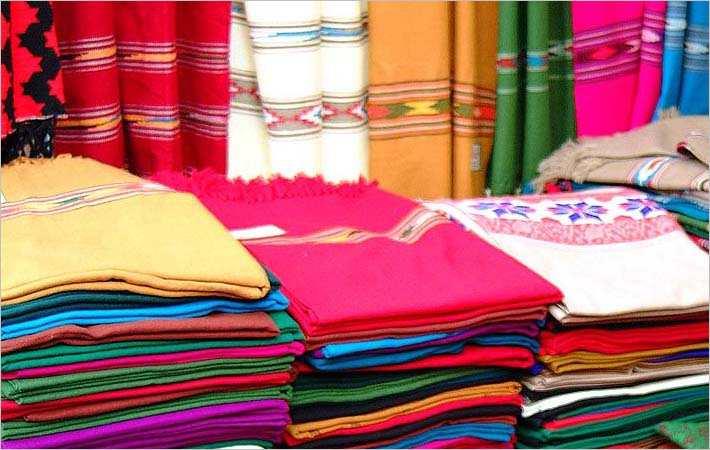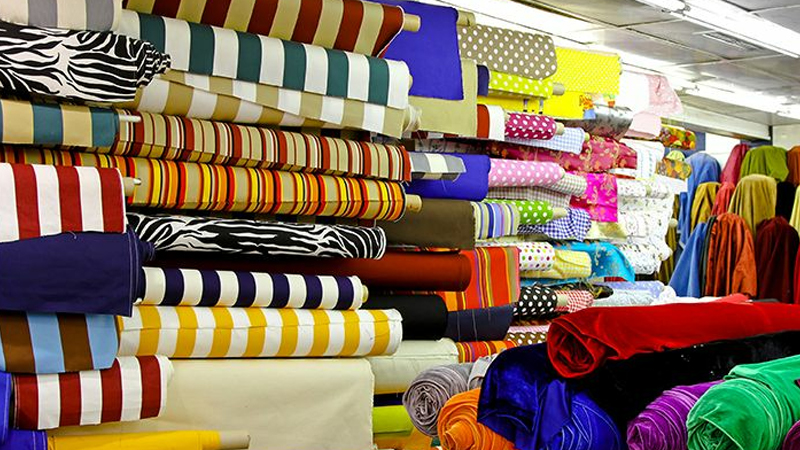
Social media fuels the demand for fast fashion through influencers, easy e-commerce, and a culture of wearing clothes for the ‘gram.īut the key to sustaining this nearly $2.5 trillion fast fashion industry is that the volume of clothes produced and sold should be high, and prices low. The last decade has seen the meteoric rise of what has come to be known as “fast fashion” – retail brands producing inexpensive knock-offs of runway trends and fostering a culture of consumption where affordable and trendy clothes are bought and discarded in quick succession. What is, perhaps, lesser known is how India’s garments and textile industry is adding to this stress and the role that global fashion brands are playing in precipitating the water crisis. Unsurprisingly, alarms have been raised about India’s water scarcity around the world, including in a report by the US-based World Resources Institute that ranks it 13th among the world’s worst affected nations. It is a well-known fact that water stress in India is extremely high: 50 percent of the country’s population is deprived of access to safe water, and even for the rest, both surface and groundwater are running out rapidly. For more than 33 days in 2020, the level of ammonia in water remained above treatable levels, directly impacting over a third of Delhi’s water supply. In 2019, the Delhi state government had to shut down supply from sizeable water treatment plants because the level of ammonia generated by industrial waste was higher than what they could treat. While farmers have been greatly affected by toxic waste from dyeing units, they are not the only ones. But these laws are simply the proverbial last straw – the agricultural sector in India has long been in distress and water scarcity is one of its most pressing problems. Their immediate demand is that the government rolls back laws, which they claim favour large corporations over small farmers. Thousands of these same farmers have joined what has been called the biggest protest in world history.

Farmers are finding it increasingly difficult to cultivate crops that have been traditionally grown in the state with the scant usable water that is available. This state of affairs has serious repercussions for the majority of Haryana’s population because they depend on agriculture for their livelihoods. Until recently locals would use the water, despite it being variously coloured with chemical dyes, but now they claim it is not even fit to use for their cattle. In the small town of Panipat alone there are hundreds of dyeing units, and many of these units release toxic waste into the river.ĭrains that carry these effluents run through villages, polluting their potable water. Several such units are scattered all over the northern Indian state of Haryana, which borders Delhi. The heaps of toxic foam that engulf the Yamuna, for large parts of the year, are linked to the phosphate content of detergents in the wastewater of cloth manufacturing units. But, ironically, the tableau was representative of the dark face of fashion that remains in the shadows – the face, not just of the rising consumption of clothes around the globe, but also of the true cost of cheap, ready-to-wear garments that we are quick to buy and discard. This surreal image with its perfectly complementary hues could well have been from a fashion editorial made for Instagram.


#Textile exporter crack#
Two winters ago, while driving into Delhi at the crack of dawn, I found myself staring at looming soft mountains of candy pink foam rising from the grey surface of the river Yamuna.


 0 kommentar(er)
0 kommentar(er)
